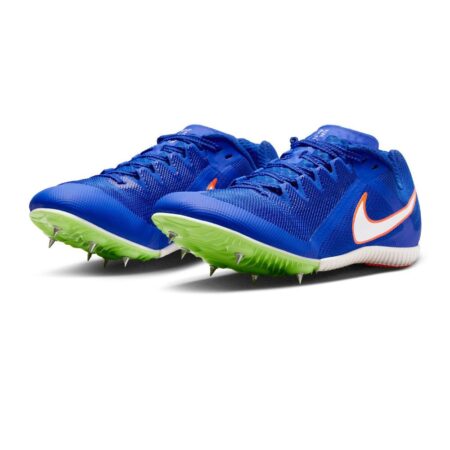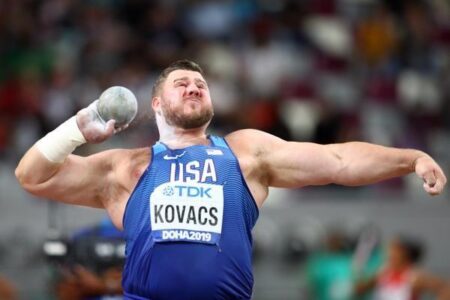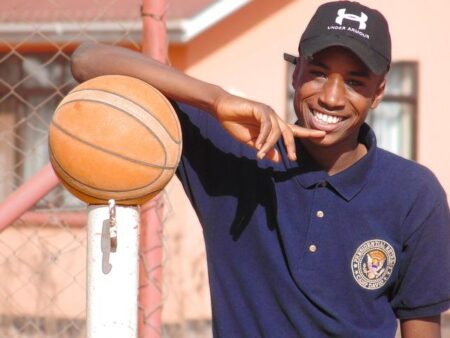Oval Office Athletes: Presidents and the Sports They Played
As the nation’s highest office, the oval Office has seen a multitude of decisions from diplomacy to domestic policy, but few recognize the personal pursuits that shaped the characters of those who have held the presidency. Tucked away from the public eye, sports have played a notable role in the lives of many U.S.presidents, shaping their leadership styles and offering a glimpse into their personal histories. From Theodore Roosevelt’s passion for hunting and boxing to Barack Obama’s love for basketball, each president has brought a unique athletic background to the political arena. In this article, we delve into the sporting endeavors of America’s leaders, examining how their experiences on the field and court have influenced their approaches to governance and public service. Join us as we uncover the intriguing exploits of Oval Office athletes, illuminating the intersection of sports and the presidency throughout American history.
Exploring the Athletic Backgrounds of American Presidents
Throughout history, the athletic pursuits of American presidents have often mirrored the evolution of national sport and culture. Many leaders were not just symbols of political power but also representatives of American resilience and competitive spirit. John F. Kennedy was known for his love of sailing, often found on the waters off the coast of Massachusetts, while Theodore Roosevelt was an inveterate promoter of physical fitness, immersing himself in everything from boxing to hiking. such engagement in sports not only fostered personal health but also symbolized a can-do attitude, equating physical vigor with leadership and vitality.
Presidential athleticism extends beyond mere pastime, often becoming a lens through which we view their character and era. For instance, George H.W. bush’s enthusiasm for golf and baseball reflects the prevalence of these sports in American life during his presidency. Conversely, his son, George W. Bush, was known for his passion for baseball, even owning a Major league Baseball team. Other presidents, like Barack Obama, who prominently played basketball, utilized sports as a tool for connection with younger generations and as a way to promote social camaraderie. Below is a summary highlighting some notable athletic pursuits by a selection of U.S. presidents:
| President | Sport |
|---|---|
| theodore Roosevelt | Boxing,Hiking |
| John F.Kennedy | Sailing |
| George H.W. Bush | Golf, Baseball |
| Barack obama | Basketball |
The Impact of Sports on Leadership and Decision-making
The intersection of sports and leadership is a interesting arena where the lessons learned on the field often translate into skills required to navigate the complex dynamics of governance. Many U.S. Presidents have leveraged their athletic experiences to bolster their decision-making capabilities. Sports, especially team-based activities, cultivate essential attributes such as collaboration, strategy, and resilience, which are vital in political leadership. For instance, Presidents who participated in team sports often develop a strong sense of camaraderie and the ability to inspire loyalty among their staff, mirroring how players rally together under a common goal on the field.
Moreover, engaging in competitive sports enables leaders to hone their skills in high-pressure situations, an habitat akin to political decision-making. The discipline and focus required in sports can enhance a leader’s mental acuity when addressing national issues. Below are some key qualities derived from sports that influence Presidential leadership:
- Adaptability: Athletes must adjust strategies swiftly based on game dynamics.
- Decision-making: Quick thinking and immediate decision-making play a crucial role in tight game situations.
- Goal-setting: Establishing clear objectives is essential both in sports and within an administration.
- Conflict resolution: sports teaches managing disputes with fairness, an essential skill for any leader.
Celebrating the Legacy of Sportsmanship in the Oval Office
The Oval Office has long been a symbol of power and authority, but it has also served as a stage for the display of sportsmanship among U.S. presidents. From the gridiron to the golf course,these leaders have embraced athletics as a means of fostering camaraderie,resilience,and a spirit of competition. Presidents such as Theodore Roosevelt, who championed physical fitness, and
Throughout history, various sports have captured the attention of occupants of the Oval Office. Here are a few notable examples:
- baseball: Known as America’s pastime, several presidents, including William Howard Taft, have thrown the first pitch at opening day games.
- golf: Lyndon B. Johnson and Donald Trump both utilized golf as a way to cultivate relationships with world leaders.
- Tennis: Presidents like franklin D. Roosevelt frequently enough played tennis, showcasing a passion for competition and relaxation.
To further illustrate the intersection of sports and the presidency, consider the following table highlighting notable athletic pursuits:
| President | Sport | Significant Achievement |
|---|---|---|
| Theodore Roosevelt | Boxing | Established the White House as a venue for physical activity. |
| John F. Kennedy | swimming | Promoted fitness awareness through his physical fitness programs. |
| Barack Obama | basketball | Integrated basketball into his public persona, frequently enough playing with fellow lawmakers. |
To Wrap It Up
In exploring the intersection of athletics and leadership, we uncover a lesser-known facet of the nation’s presidents: their engagement in sports. From Theodore Roosevelt’s rugged embrace of boxing to Barack Obama’s fondness for basketball, these leaders have not only shaped policy but also navigated the complexities of physical competition.The pursuits of these Oval Office athletes provide insight into their personalities, values, and the vitality they brought to their roles during pivotal moments in American history. As we reflect on their legacies, it is clear that the spirit of sportsmanship—whether in the arena or in the halls of power—has played an influential role in the narratives of those who have led our nation. As future leaders continue to emerge from varied backgrounds,the interplay between athleticism and governance remains an intriguing facet of the enduring American story.




